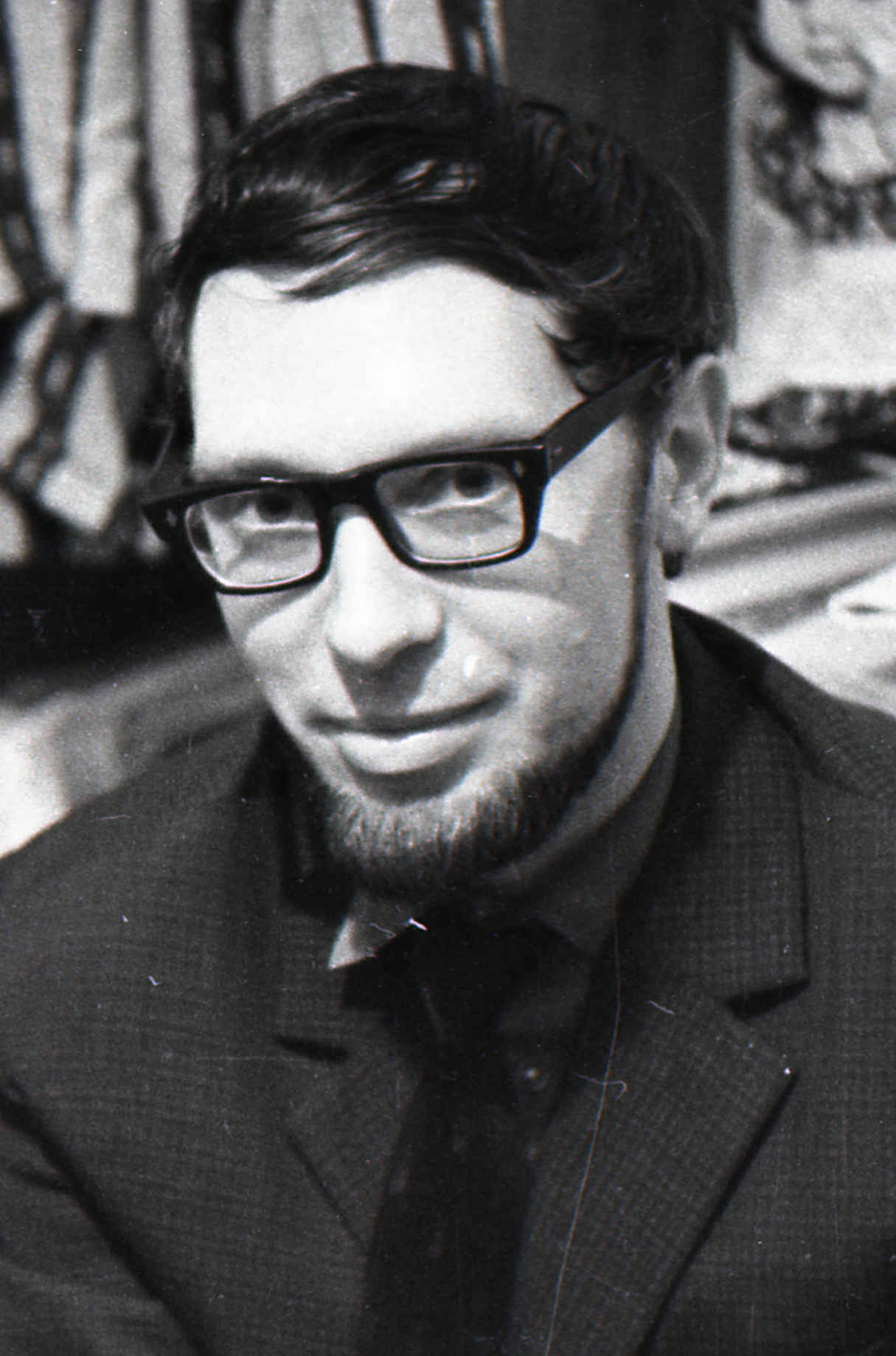
Jaak Rähesoo
Jaak Rähesoo (30. IX 1941 – 23. VII 2019) was an essayist, literary and theatre critic, and translator.
He was born in Pärnu, and left Pärnu Secondary School number 1 in 1960. In 1966 he graduated from the University of Tartu in English philology; from 1966 to 1969 he did postgraduate work in American literature, and from 1969 to 1970 was a lecturer in foreign literature at the University of Tartu, and has been freelance since 1970. From 1972 to 1995 he lived in Pärnu; since 1995 until his death in Tartu.
As a translator, Rähesoo devoted himself to translating Anglo-American modernist-avant-garde prose of the first half of the twentieth century into Estonian, in addition to which he provided copiously researched introductions, which cast light on the wider position of the authors and works in their culture, in both the historical and the typological-aesthetic context. James Joyce’s Dubliners (1969) was the first translation into Estonian of the Anglo-Irish modern classic author. Thereafter the translation of William Faulkner became one of Rähesoo’s life’s works: As I Lay Dying (1971), Light in August (1987), Go Down, Moses (1995) and Faulkner’s short prose. Of his later translations the most important are a selection of Tennessee Williams’ plays (1976) and Joyce’s Portrait of the Artist as a Young Man (2003).
In 1991 he received the Aleksander Kurtna Translation Award and in 2003 the Literature Endowment Annual Award for translating James Joyce.
Jaak Rähesoo also cultivated the essay genre and in 1996 he won the Literature Endowment Annual Essay Award for his article collection Hecuba pärast (‘After Hecuba’, which appeared as the third volume in the series ‘History of Estonian Thought’, published by Ilmamaa).
Jaak Rähesoo was a prolific theatre critic, being one of the main commentators on the theatre innovation of the nineteen-sixties carried out by Rähesoo’s contemporaries, such as Evald Hermaküla, Jaan Tooming, Paul-Eerik Rummo, Vaino Vahing and Mati Unt.
Rähesoo wrote an extensive monograph surveying the history of Estonian theatre and the contemporary scene in English, Estonian Theatre (1999; revised and extended 2003 and 2008). Since then a first volume of an Estonian-language edition of this work has appeared: Eesti teater I: Ülevaateteos (2011).
S. V. (Translated by C. M.)
Books in Estonian
Essays and monographs
Hecuba pärast: kirjutisi teatrist ja draamast 1969-1994. Tartu: Ilmamaa, 1995, 320 lk. [Sari ‘Eesti mõttelugu’, 3.]
Eesti teater: ülevaateteos. 1. Üldareng; “Vanemuine”, “Estonia”. Tallinn: Eesti Teatriliit, 2011, 830 lk.



